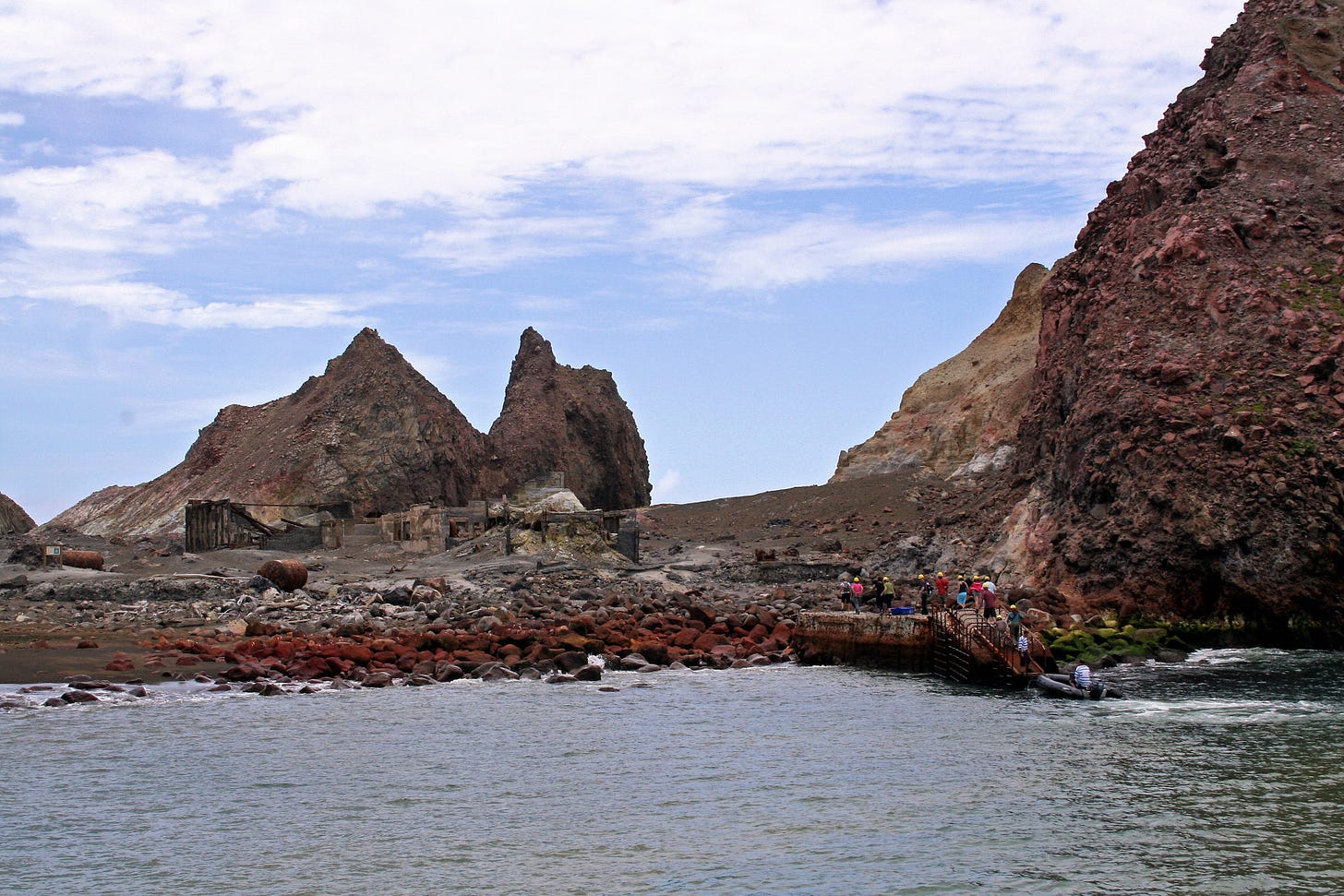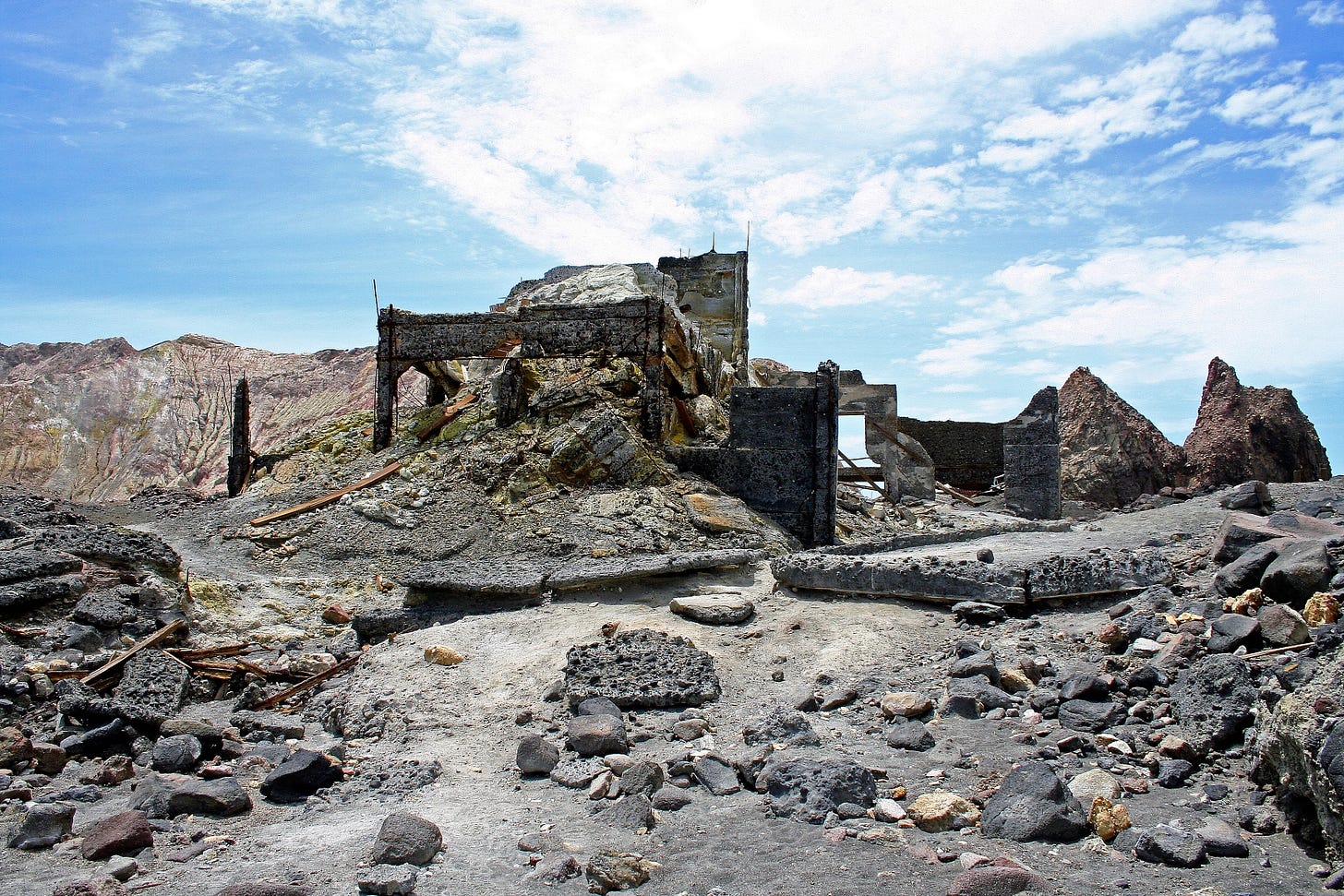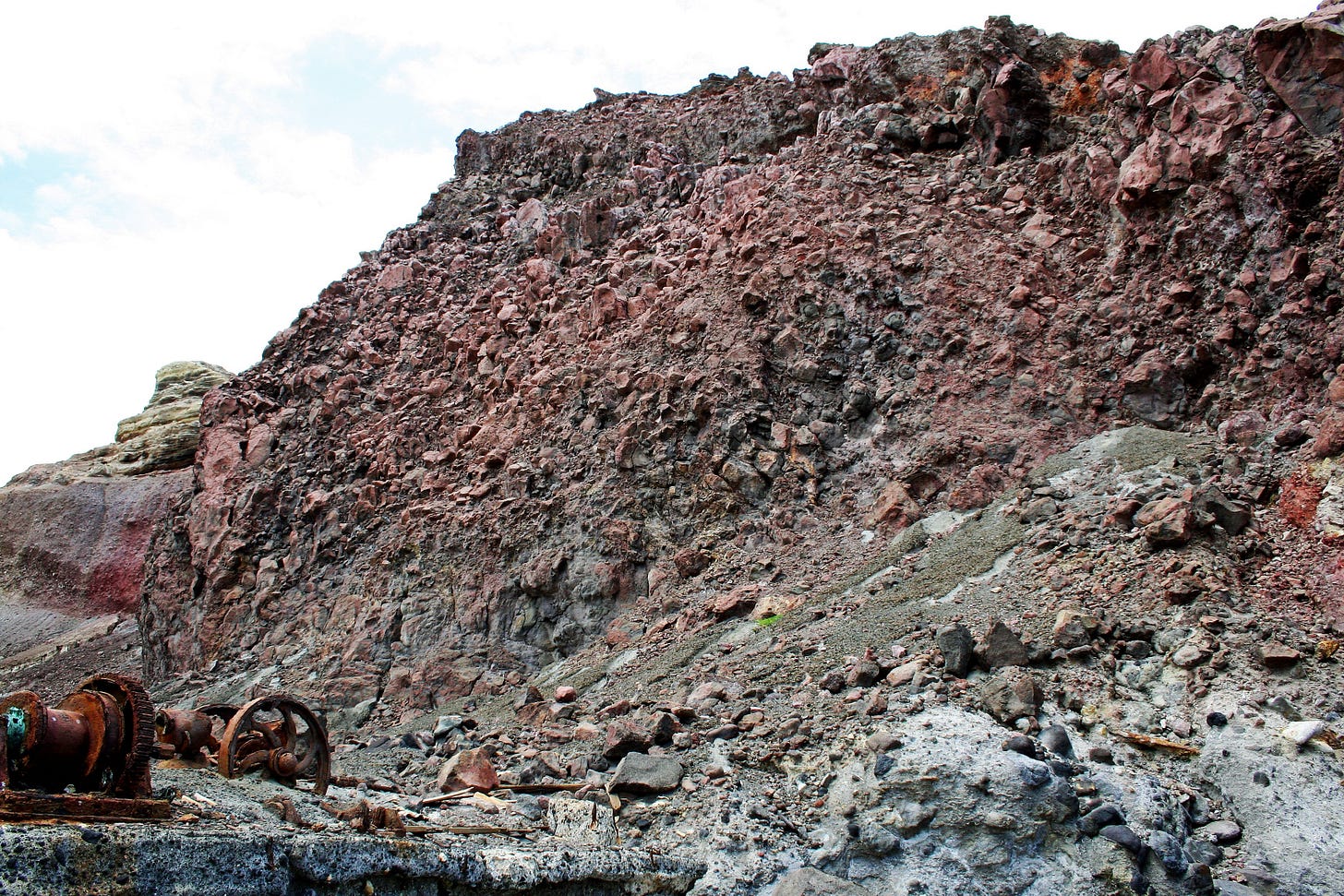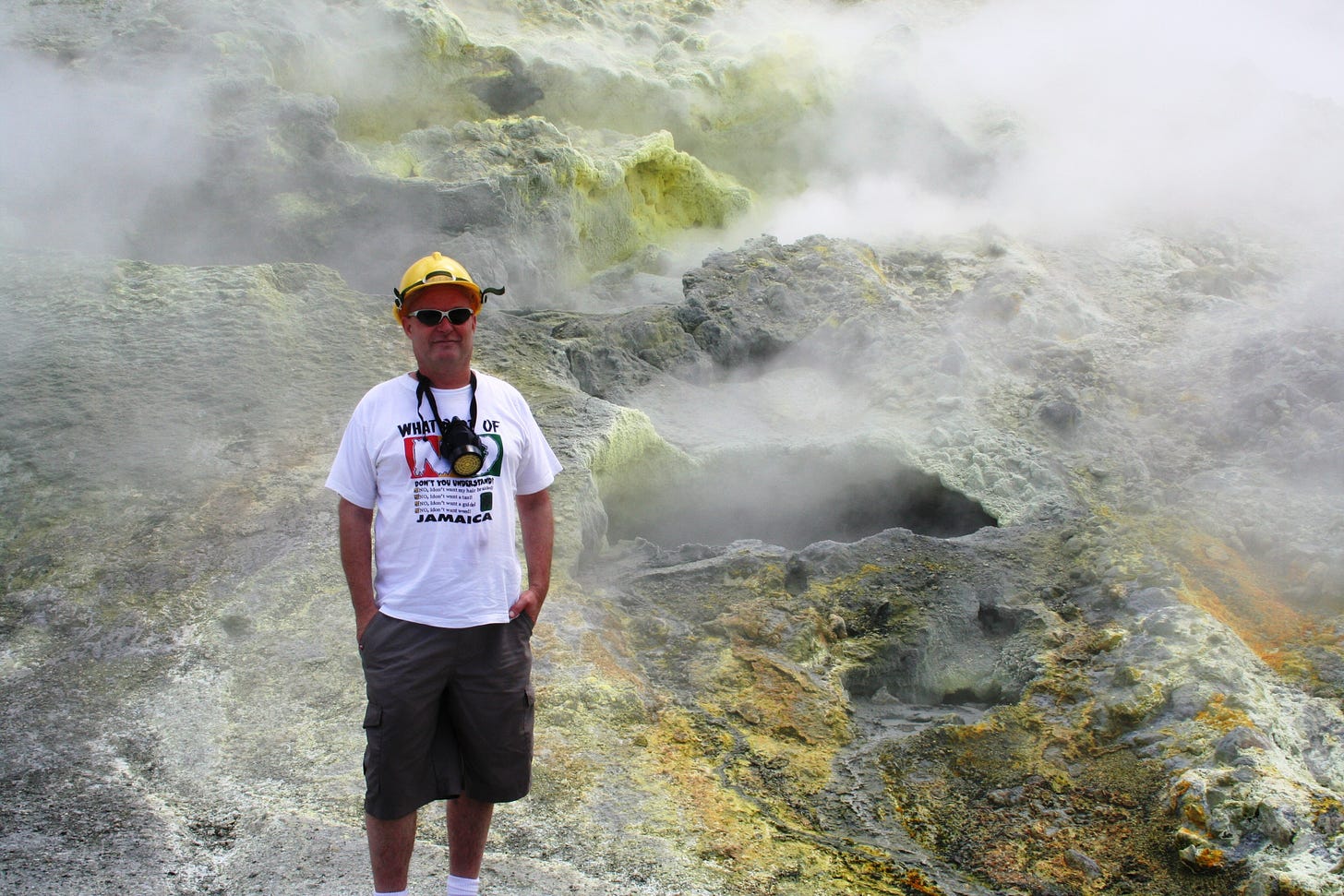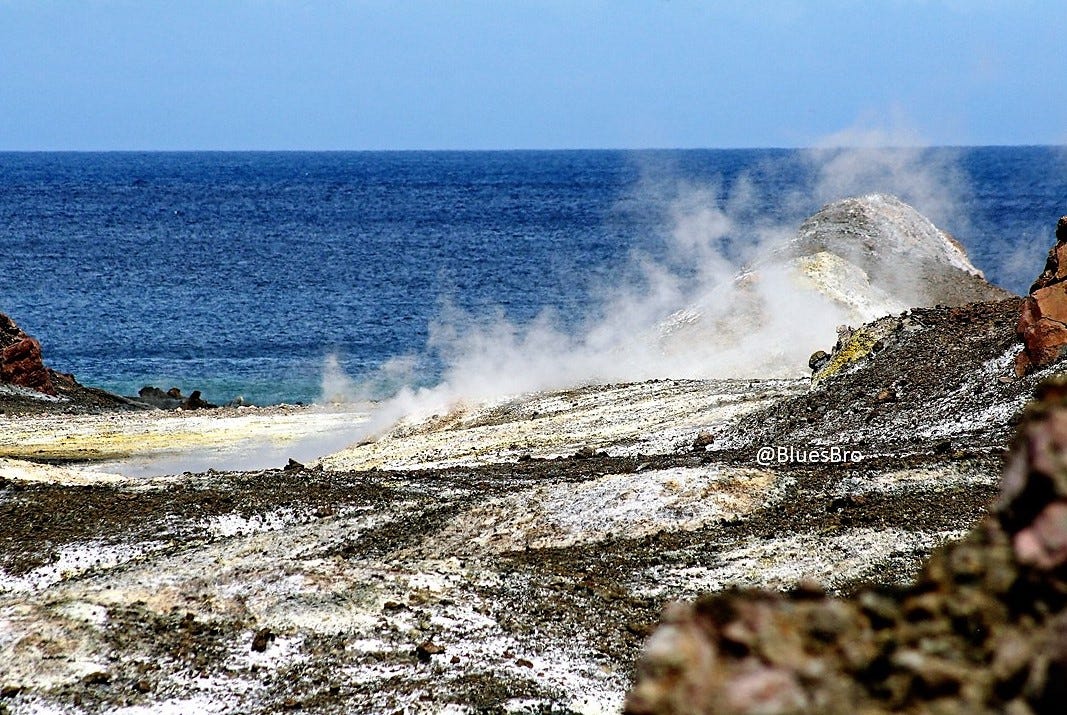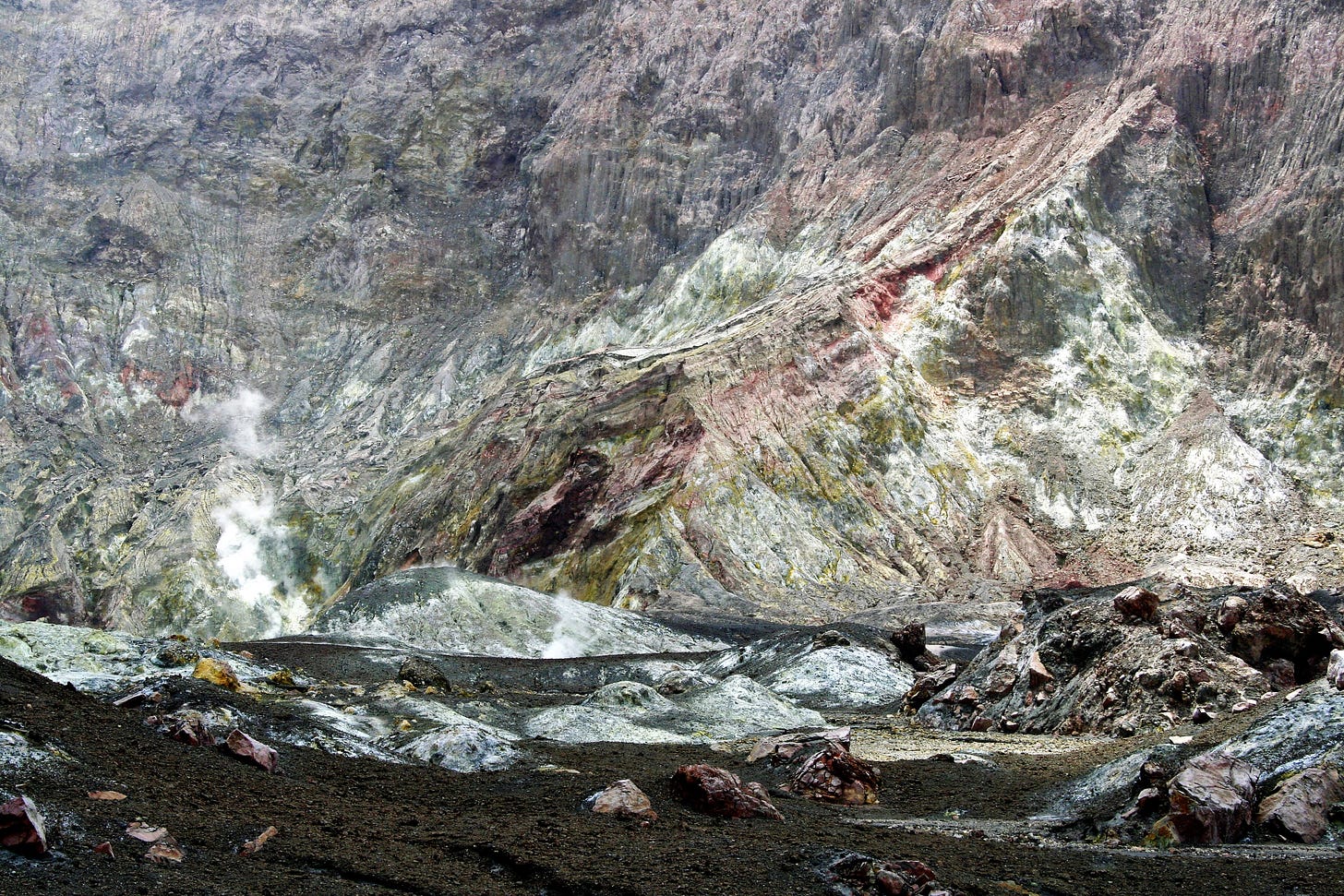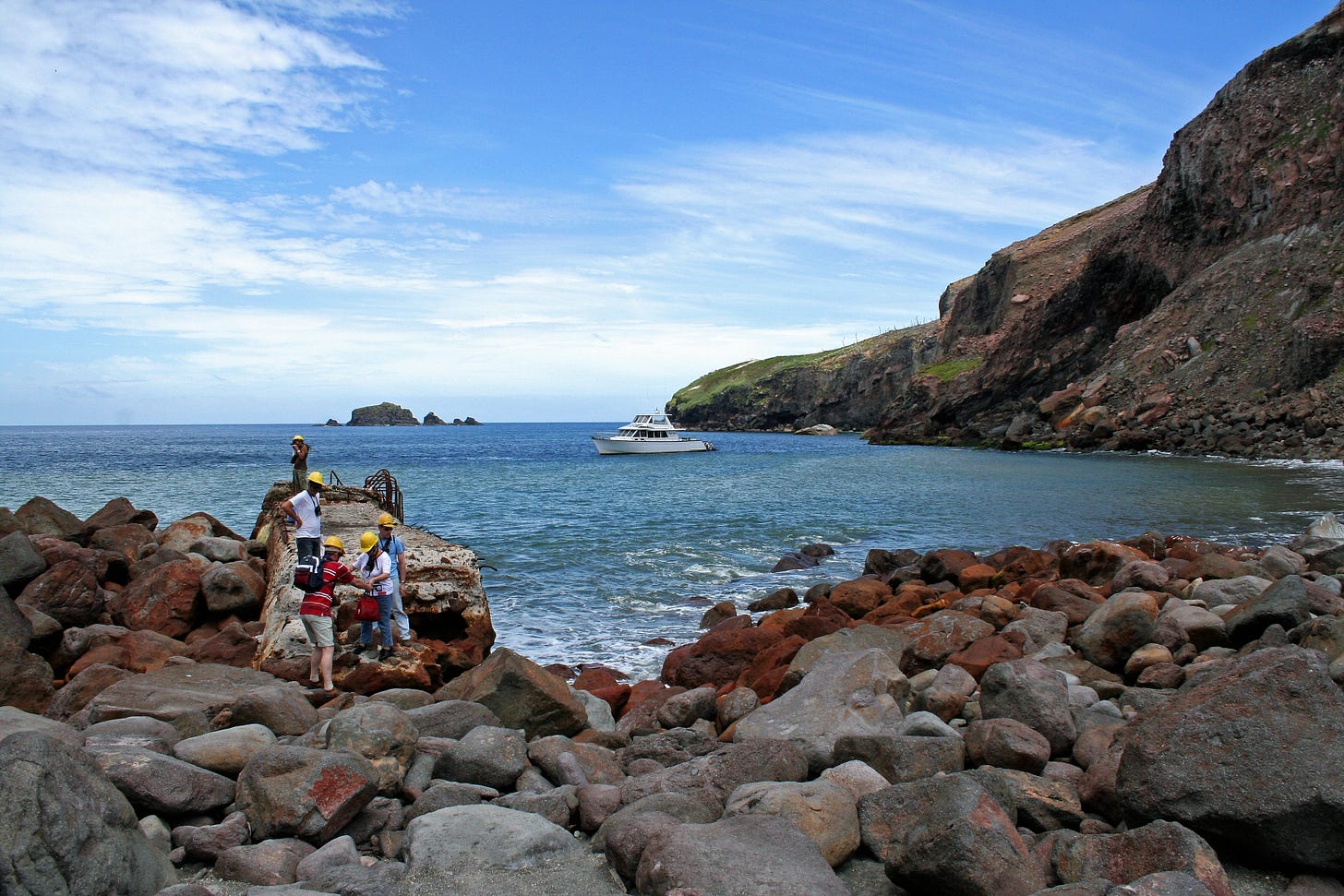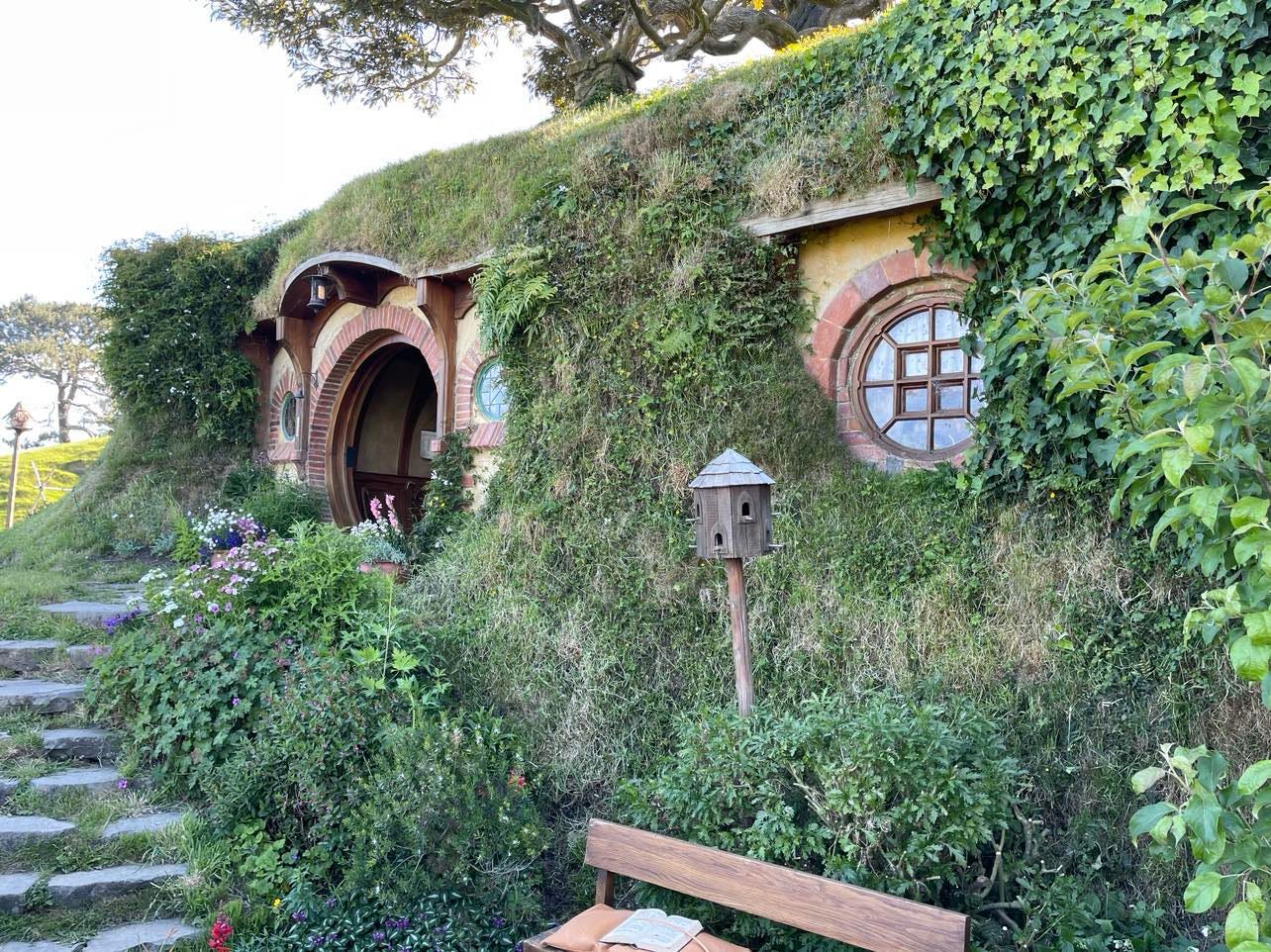You have probably heard of White Island. In 2019 while passengers from cruise ship Ovation of the Seas, were visiting the ocean volcano, she erupted, killing 22 people. A few weeks ago, the holding company for the private owners was found guilty of a health and safety charge.
Earlier this week, I was playing with my grandchildren and they were telling me not to step on the lava. They have a book, for which there is a video and song, called Don’t Step in the Lave. It is not in my Top #500 song list for obvious reasons.
Anyway, several years earlier, I was at a motel in Whakatane, New Zealand, and just up the road from us was the tour office for White Island Tours. I have always wanted to experience a live ocean volcano, and there aren’t that many around. I decided I wanted to check it out. My wife decided to do something safer, like shopping.
The next morning, bright and early, I boarded a boat that would take us out to the island. Other than a couple who had family over from the Netherlands, I was the only other Kiwi on the tour, and I guess there won’t be many more visitors, Kiwi or foreign for many years to come.
I’m pretty sure I signed a waiver, saying that I understood that it was a dangerous place to visit and that while they would undertake their best endeavours, they could not guarantee our safety. We were to follow instructions implicitly as to where we could walk. We were going to visit a burning Ring of Fire.
In case you were wondering, Ring of Fire was a co-write between June Carter and Merle Kilgore. Carter was already married but was falling dangerously in love with Cash, and of course, they eventually married.
According to Song Stories Matter:
““Ring of Fire” isn’t only a song about falling deeply in love, it also warns about the dangers of love. Just like a real fire, love can burn us, consume us, and leave us with incurable scars. The song reminds us that falling in love can be both a beautiful and dangerous process.”
White Island was a bit like that too, because you can’t fail to be in awe of the place, but if you step in the wrong place, you are likely to be toast.
The trip over was calm, we had lunch and were surrounded by dozens of dolphins who were having a wonderful time entertaining us and themselves, enjoying the water which was kept warm by hot springs under the sea.
When we disembarked, we were given helmets and gas masks. Ready for our adventure.
The first stop was the abandoned sulphur mine.
They started mining sulphur on the island in 1885. It was dangerous, and the acid in the air was so harsh that the miners had to constantly replace their clothes, which were falling apart from the atmosphere. The guides told us they had to replace their uniforms every few weeks for the same reason. They would simply start falling apart.
On 10 September 1914, disaster struck a group of 10 miners working on White Island/Whakaari. The crater wall collapsed and the miners were engulfed by the resulting lahar (mudflow). The only survivor was Peter the Great, a camp cat, who was found hungry but uninjured three weeks later. The bodies of the men and other camp cats were never found.
Pretty much all that was left.
Sulpher in pure form abounds on the island, being ever replenished from the bowels of the earth. I found it really hard to take photos while wearing a gas mask, and thought I would try without one, especially posing for this photo.
Within about 20 seconds I was seriously coughing my lungs out, and it took quite a while to settle down. This was indeed a harsh environment.
Each day before a tour, the guides would walk around the island and check where they felt it was safe to walk because it changes constantly.
The lumps you can see in the picture above are gas mounds. they are very thin and will not support any weight. The gas underneath ranges in temperature from 300 to 500 degrees Celsius, that’s that’s somewhere around 572-932 degrees Fahrenheit. A bit warmer than your average sauna. If you stepped on one, that would likely be your last step in life. I resisted the temptation to just see what would happen if I touched one.
I took dozens of amazing photos on this trip and felt really privileged to be able to experience such a unique place.
I didn’t get to see magma flowing and still have a visit to Hawaii on my bucket list. Perhaps that will be safely from the cabin of a helicopter, although I would love to get close up and see it flowing.
The fallout from the eruption continues, both in the courts and in the hearts and minds of those who lost people on that terrible December day in 2019. Also the trauma for the badly burned survivors and the rescuers, who risked their lives many times, and still have nightmares about their experience, and about those they couldn’t save.
My wife, of course, had an “I told you so!” moment after the eruption, but I don’t regret having had the opportunity to experience a place that almost nobody will get to see and feel in person again in my lifetime. I feel sad that so few Kiwis experienced this amazing place.
We have a saying in New Zealand, that goes “Don’t leave home until you’ve seen the country.” Kiwis have a traditional rite of passage, called our OE, or overseas experience. There are hundreds of thousands of Kiwis who have been all over the world but haven’t been to many of the wonders that overseas tourists enjoy in New Zealand.
A few weeks ago, we visited Hobbiton, where many scenes of the Hobbit movies were filmed. Also a wonderful experience. And guess what? On our guided tour, we were the only Kiwis. Even the tour guide came from Essex! If you get the chance, it was well worth the visit.
What they did to create the film set was amazing, but I don’t want to give you any spoilers. Wishing you a great weekend. I’ll leave you with Feast of Starlight from the movie.

